A Guide to Thinking About Nutrition

An article on nutrition by Brittaney Evans
Figuring out your nutrition can be a complex and overwhelming process. With so many fad diets, skinny teas and fat-burning drinks on the market, it's all too easy to fall into the consumer trap. With a lot of misinformation being readily accessible, it is easy to feel lost when trying to understand what is best for your nutrition. Understanding the role of nutritional factors and having set personal training goals can act as a foundation for building a healthy, tailored nutrition program. This article aims to clear up some nutrition myths, whilst providing insight into eating for particular training goals/body composition.
Training and nutrition are more connected than many realise. You can be training as hard as humanly possible, but if your nutrition is off - you may not be seeing the results you are after. Factors that can influence your calorie breakdown include:
- Basal Metabolic Rate (BMR) – this is the number of calories your body needs to complete day-to-day functions, such as breathing, circulation and cell production. An individual's genetics impact BMR, making it unique to you. Other factors that contribute to your BMR are age, muscle mass and hormonal function.
- Non-Exercise Activity Thermogenesis (NEAT) – NEAT encompasses anything during your day that is not sedentary. Forget the gym, think burning calories through everyday activities, such as work (i.e. working on a job site as a builder). This can play a part in your goals, and if possible - should be factored into your daily calories. Hitting a step target is a great way to increase your NEAT. Often, people do not account for NEAT when thinking about daily calorie intake, which is why people, more or less, are under-eating and overweight.
Metabolism is Key
Now, let’s talk about metabolism. Consider a fire - in order to keep it burning, you need to keep adding wood. Adding wood sustains the fire, and this is exactly the same for your metabolism - you need to put in food to keep it running. Your body needs calories to keep all systems functioning, building and repairing, and your brain alone requires a lot of energy to work. Each individual has their own BMR and NEAT that accounts for basic & increased energy consumption - and these are calculated based on your height, weight and age. When you are under-eating for your BMR and NEAT, your body goes into an adaptive thermogenesis state and begins to break down muscle mass. If you continue to under-eat for a prolonged period, your body enters starvation mode - pushing the body to store calories in fat cells. This is why an individual could only be eating 1200 calories a day, and yet won’t lose any weight. From their lower caloric intake, their body will use exactly what it needs for basic function, and conserve as many remaining calories as possible in fat stores. If individuals are inconsistent with their caloric intake - that is, under-consuming calories during the week and then overconsuming on the weekends - their bodies are held in suspense, not knowing when the next big meal will be. Keeping the body in unpredictable suspense will also result in the body holding and storing fat. It is a common assumption that the less you eat, the more you will lose - and in fact, the opposite is true. You need to fuel your metabolism to ensure it is burning at an optimal level. If your body has a metabolism that is working efficiently, it will consistently burn excess fat and build lean muscle mass. Metabolism is key.
Other factors that contribute to your daily intake is your training. Depending on your style of training, this will impact the amount of calories burnt during the session (i.e. how much volume and intensity is in your training). When developing a training program based on your fitness goals - remember to include a nutrition plan that is designed in conjunction with your training. Account for more demanding days, rest days and the length of your training cycle - some examples of factors that can influence building an appropriate nutrition plan. To see the maximal benefits in either nutrition or training - you can’t forget to consider the other, they inform one another.
Calorie Deficit & Weight Loss
Much like the abundance of information available regarding nutrition - there are many ways to lose weight. The main method that is supported by nutritional and medical professionals is calorie deficits. Confused? In the paragraph above, I’ve just told you to eat more calories - and now, I am saying eat less. What I mean when I refer to calorie deficit is the energy you are using must be greater than the energy you consume. So, it is all about not being in too much of a deficit that your body enters a catabolic state and holds onto your excess fat. You want to know your personal BMR and NEAT calorie requirements, eat enough to fill those requirements and then add in your exercise for the day. Therefore, creating a deficit that will contribute to weight loss.You will not, however, be in such a deficit that you enter a catabolic state, where you are burning into your lean muscle mass and storing fat.
Macronutrients
The three types of macronutrients are protein, fat and carbohydrates. Macro means large amounts which is what the body requires in order to function properly. Protein is an important building block for growth and maintenance of muscle tissue. Protein also provides four calories per gram (compared with fat, which provides 9 calories per gram). A diet high in protein will help you lose weight, with protein-rich foods increasing satiety - making you feel fuller for longer. The body has to work harder to digest protein, using more energy - and burning more calories. Unlike carbohydrates and fats, the body does not store protein - it is broken down and replaced. Protein is the building blocks of gaining lean muscle mass. Your body needs adequate amounts in order to be able to repair and build new muscle mass.
So, what about carbs? Carbohydrates come in two forms – simple and complex carbs. Simple carbs are higher in sugar and are metabolised much quicker than complex carbs. Therefore, the energy received from simple carbs is quickly burnt and is often used for rapid energy bursts. In comparison, complex carbs provide a longer, more filling form of carbs that take longer to digest. Complex carbs often contain more vitamins and fibre, which aid in maintaining a healthy digestive system and body.
The last macronutrient your body requires to function is fat – triglycerides, cholesterol and other essential fatty acids. Our body cannot make these from scratch - they are the byproducts of nutrient breakdown and digestion. As I previously mentioned, fats provide nine calories per gram - double that of carbohydrates (with protein providing 4 calories per gram for comparison). Fats provide and store high levels of energy for the body, playing a crucial role in supporting the brain and central nervous system functions.
The Role of Body Composition Goals
Nutrition can be modified for your own personal body composition goals. The first and most common composition type is being in a calorie deficit to lose weight. You should aim to be in a small enough deficit to lose one kilogram a week on average. Any greater weight loss, and you risk putting your body into adaptive thermogenesis - endangering further weight loss because your body will begin to store fat rather than burn it. Additionally, you will risk not building muscle mass if you have started resistance training - as your body will prioritise storing fats and carbs over repairing and building muscle. Remember, protein is an important building block for growth and maintenance of muscle tissues. When working towards a calorie deficit - your macros should come through a high protein diet, by averaging around four grams of carbs per kilogram of body weight, and then the remaining 30% allocated for fats for the day. This will help you feel fuller for longer, and satisfied throughout the day. We will explore this further later in the article.
Another point to note if you are tailoring your nutritional plan for calorie deficit - psychologically, you may not notice as much if you are undereating slightly compared to missing a whole meal every day. When individuals under-eat and restrict, they can often end up binging - after long periods of restriction, eating a little and still feeling hungry or unsatisfied makes it a lot harder to stop.
A second example of changing your body composition would be as a Powerlifter, where you are trying to achieve muscle mass development in order to increase your 1Rep Max in areas such as Squats, Deadlift and Bench. During a build phase of your powerlifting cycle program, you should be in a calorie surplus (eating more calories than you burn) of around 15%. This does not mean you can go and ‘bulk’ by eating everything in sight and expect to gain lean muscle mass. If you are overeating, your body will still store excess carbohydrates and fats. Nutrition in this phase of the cycle should be matched with training activities. However, if you are in a competition phase - you may need to cut excess body fat, therefore the above weight loss protocols can be applied with a high protein diet to ensure muscle loss is minimal. Tracking your daily intake can help you avoid this happening (more on that below!).
Finally, bodybuilders follow a similar pattern in terms of weight loss goals, however - bodybuilders will go through a building phase, then a cut phase. During the cut phase, they will slowly drop their calories down over a series of weeks (12-20 weeks) to be in such a deficit that their body fat is minimal to show muscular definition. Once this is reached, the reverse will happen to allow their metabolism to increase as adaptive thermogenesis may have taken over, particularly if their body has become used to eating such a low amount of calories.
Nutrition Support Apps
To help you stay on top of your nutrition program and goals - it is often helpful to use a food diary or track your intake. Keeping a log or food diary of your foods can let you know where you are sitting on a weekly basis. This can be handwritten - or there are many apps that are easy to access and use on your preferred device. Common apps to log your daily intake are Easy Diet Diary (free) and Myfitnesspal. They both have great features like scanning barcodes and inputting recipes. Easy Diet Diary is an Australian application - which makes it easy to use with Aussie products and stores. The nutritional information database in Easy Diet Diary is a private database, meaning the nutrition information uploaded is correct and checked before being added to the public database. Myfitnesspal on the other hand allows you to add nutritional information to a public database, which may not be as accurate as possible - and leave you with the wrong information or potentially unknowingly logging your food incorrectly. When I refer to logging your food - you do not need to be weighing every single thing that goes into your mouth, but you do need to be honest with your portion sizes. You will not see the results you are after if you are inputting false numbers.
Conclusion
Whether your goal is to lose kilograms, put on size, or both, you need to nourish your body with the right kinds of foods to flourish. Throw out the old ‘eating less’ will make me skinny, and instead, aim to eat for your body composition goals. No amount of skinny teas or quick fixes will work. Remember, if you aren’t sure where to start or have specific medical concerns that require consideration - ask a qualified nutritionist, dietitian,or your medical professional. Seeking help to start this process can guide you in building a personalised nutritional program built on your personal goals.
Train Smart. Train Hard.
About Us
Brittaney Evans is a long time fitness and nutrition enthusiast who has trained and competed in bodybuilding competitions. Her experience and knowledge in nutrition intake has always been fueled by personal passion and love for health, and her open-mindedness has seen her trying new ways to challenge herself - with her latest challenge being Powerlifting. Brittaney understands the struggle of maintaining dietary demands to achieve her goals, supported with tales of taking pre-made meals to social dinners. She also continues to juggle her personal life with maintaining health and fitness, by raising and setting a positive example for her daughter.
Anvil Training and Development is a group of Australian veterans who care about the physical and mental health of veterans and emergency service workers. We’re passionate about ongoing education and working with others to implement positive change.
Instagram: Anvil Training & Development - @anvil.td
Facebook: Anvil Training & Development - @anvil.td
www.anviltd.com
(Article Edited, Proof Read, and Fact-Checked by Charlotte Officer)
VES Mental Health Resources: https://anviltd.com/pages/ves-australian-mental-health-resources
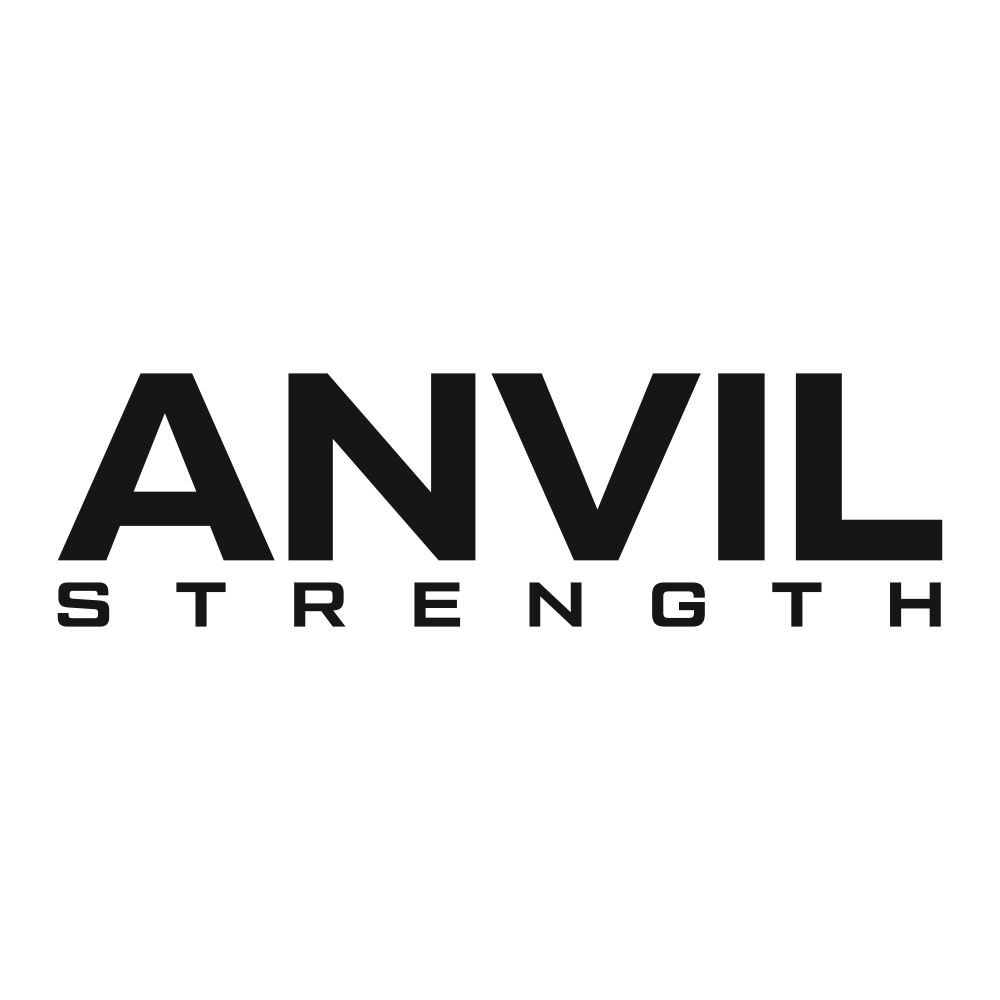
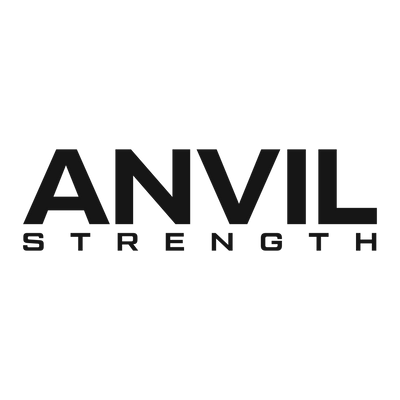
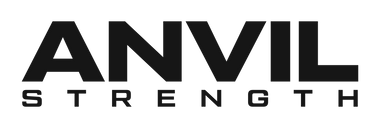
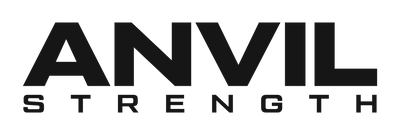



Leave a comment